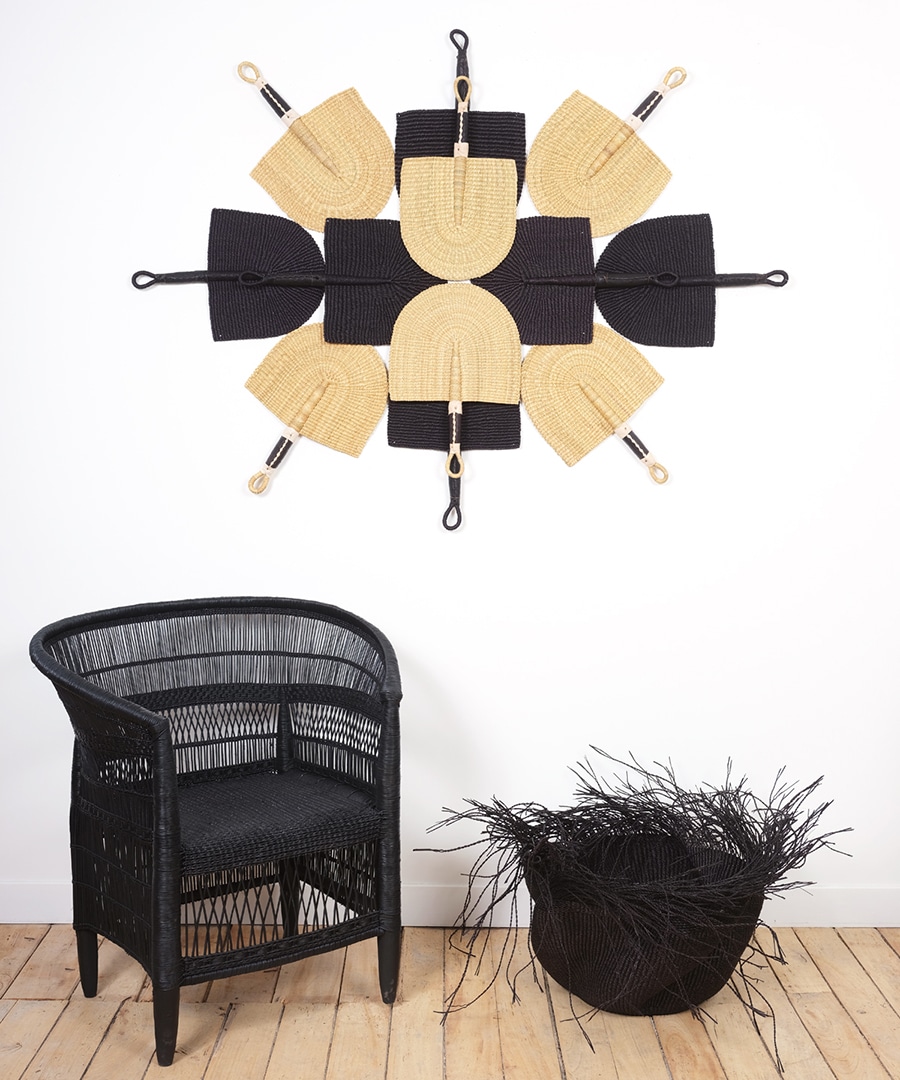Description
This type of vessel, called eburi, is carved by Turkana women. The cylindrical outer shape is made with an adze (arong) from a branch or trunk of a thorn tree (commonly of the species Acacia raddiana). It is then hollowed out using a long metal point (ekeiticht). Both ends are covered with cowhide stretched and shaped in wet sand. The lower part is bound to the container with leather thongs and the top becomes the lid. Designs can be burned using nails or heated metal pieces. Sometimes a plaited leather handle is added. Women use small eburi as cosmetic jars where they store animal used for greasing her neck to prevent chafing from her tightly wound necklaces. The large eburi are reserved for storing fat used for cooking.
Dimensions :
Ø 15cm (widest)
H 24cm
Turkana functional art
In northern Kenya, south of the Ethiopian border, Lake Turkana (formerly Lake Rudolph) is more than two hundred kilometres long. Its region, in the heart of the Rift Valley, is one of the most inhospitable in East Africa. It is here that the Turkana nomads live, with an estimated population of just over 200,000 people. Cattle breeders, they are believed to be descended from the Karamajong, another Nilotic ethnic group living in Uganda. The extreme harshness of their desert environment has always pushed them to design functional objects that are easily transportable, made from directly available materials and with rudimentary tools. The “design” of most of these objects, refined by successive generations, responds to aesthetic principles, beyond the necessary functional characteristics.




